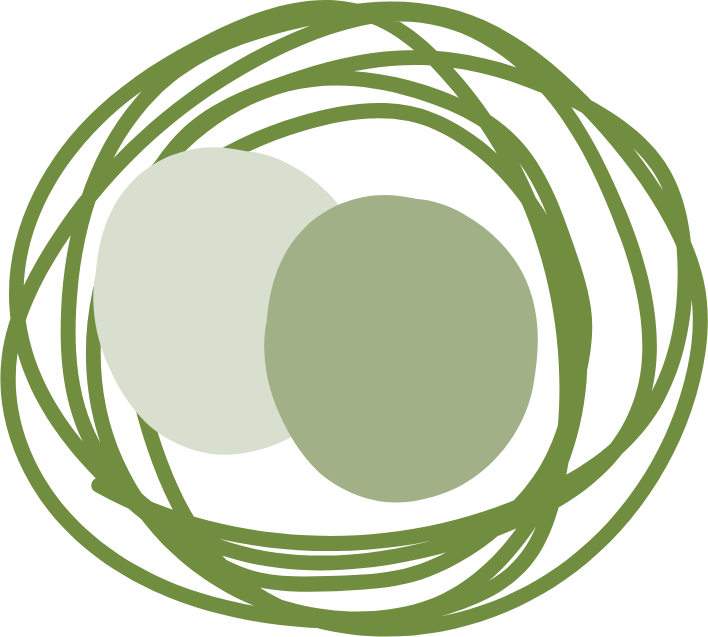
(ages 12-15)
Secondary Education, “The Colored Feathers”
Entering adolescence is one of the most feared moments by most adults. For us, however, it represents a precious moment to see boys and girls bloom, to admire their colored feathers, the abilities they have had since birth that make up their essence — a hummingbird beginning to emerge and, in due time, able to fly.
It is a stage of physical and hormonal changes and also, for them, a life crisis. They begin to question everything they know, see their role models from a different perspective, ask themselves what their place in the world is, and what they truly want. It is a stage where emotional support is key, and it seems to us a unique opportunity to be by their side, to support them when needed, and to be an ally to get through this moment full of questions.
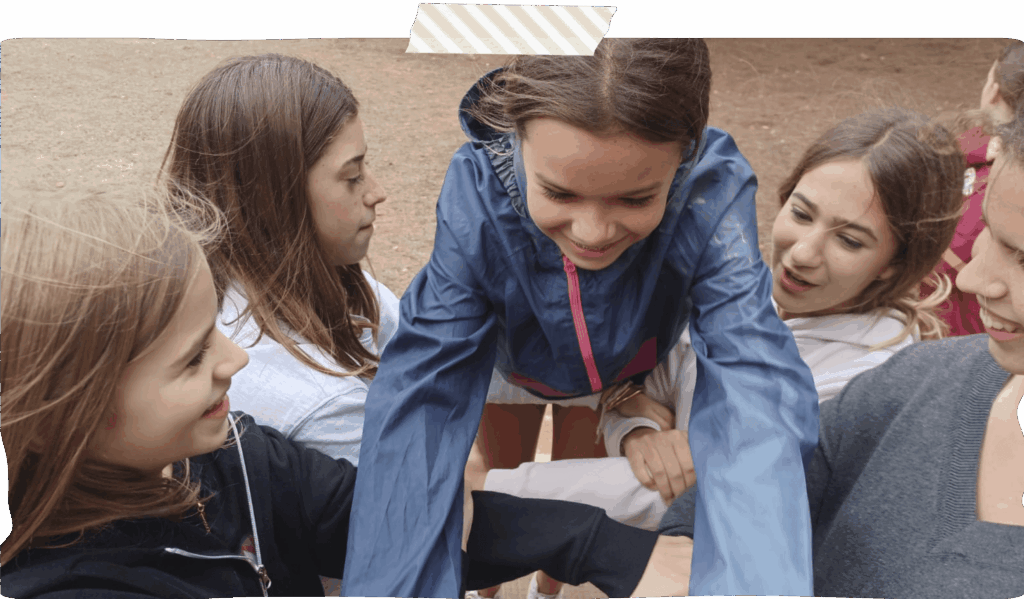
BRAIN DEVELOPMENT
The brain of adolescents between 12 and 16 years old is in a very active developmental phase. Several key processes occur in the brain at this stage. The first and most important is its growth, reorganization and pruning of neurons, increased activity in the limbic system, and the development of memory and learning of complex systems. It is again a stage of plasticity and great capacity for idiomatic integration. The adolescent brain is undergoing maturation, reorganization, and specialization, which allows them to learn, adapt, and face new experiences, but also makes them more prone to taking risks or experiencing emotional highs and lows.
STAGE OBJECTIVES
Foster confidence, self-esteem, security, and emotional well-being.
Create a safe, respectful environment amid growth and change.
Enhance emotional awareness and expression of feelings in a period of change and existential crises.
Develop social skills to coexist and resolve conflicts constructively.
Inform and accompany regarding external risks typical of this age (technology, sexuality, drug dependence, gambling, alcohol, etc.).
Foster motivation and positive attitudes towards challenges.
Promote active and responsible participation in community social life.
Acquisition and integration of curricular content.
Create new ideas, imagine future scenarios, and make decisions based on abstract concepts.
Introduce careers and professions that match individual interests and skills.
Encourage healthy, conscious eating.
Enable autonomous communication in three languages.

How we work?
At this stage, integrating autonomy and responsibility definitively is very important. The adult world is emerging, and we already feel the impulse to test ourselves to see if we can fit into the system. Therefore, voluntary challenges and exams are presented where we showcase our knowledge and become aware if we need to strengthen any area, recognize what we master, and what is difficult for us.
To respect each child’s rhythms and focus on the group’s progress in their acquisition processes, we create learning groups at all educational levels. Age differences do not matter; in fact, this is, in our view, the true richness of learning, the respect for diversity, and the cohesion that distinguishes us as a school.
Assembly
Just like in the preschool and primary stages, it continues to exist as a space for cohesion and for taking the emotional temperature of the group. It remains a place for decision-making, conflict resolution, and ultimately, for sharing emotions. However, it no longer takes place daily, as our responsibilities at this stage are greater and more demanding, and we now have the ability to self-regulate without needing to rely on this space as frequently.
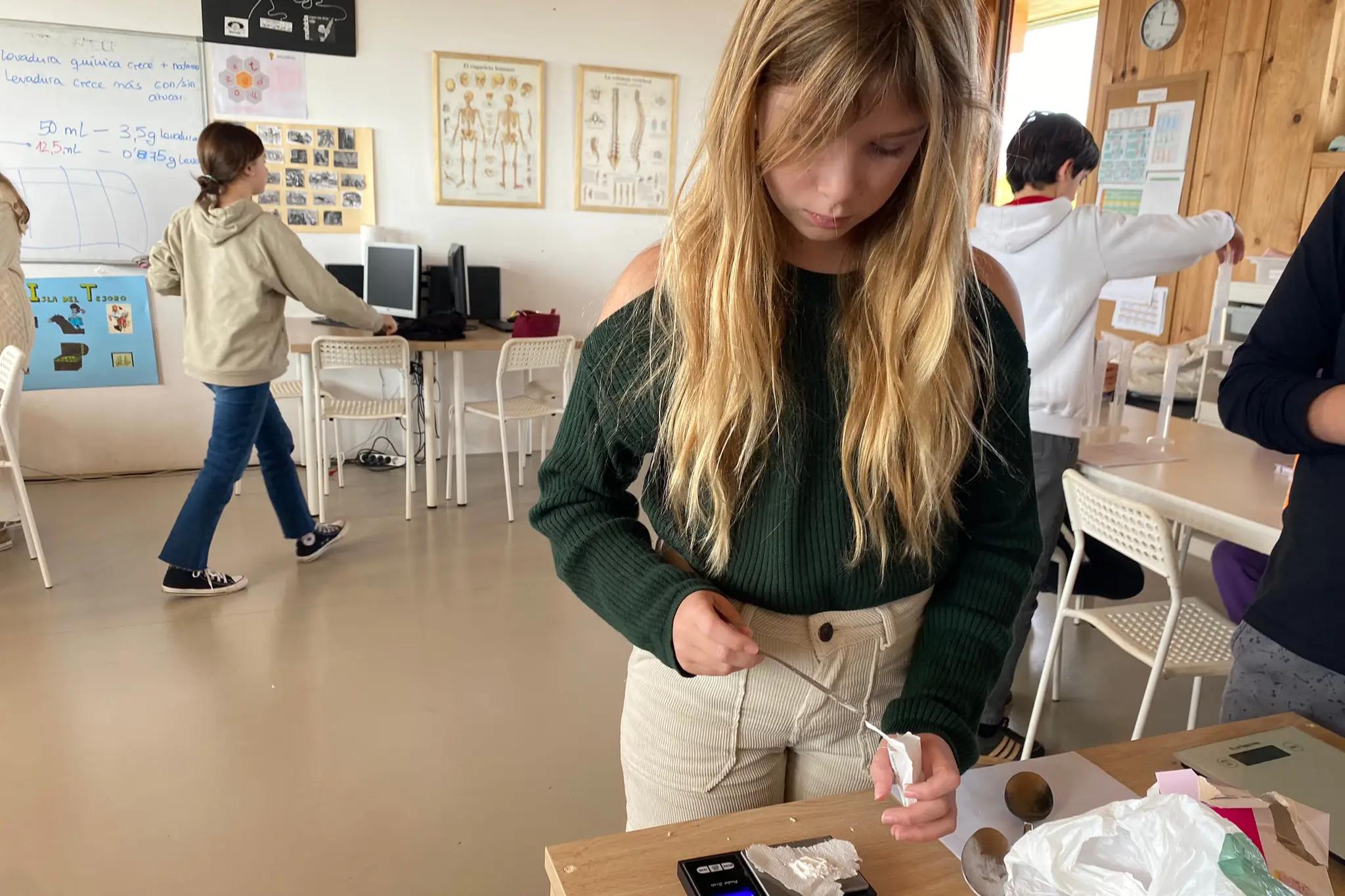
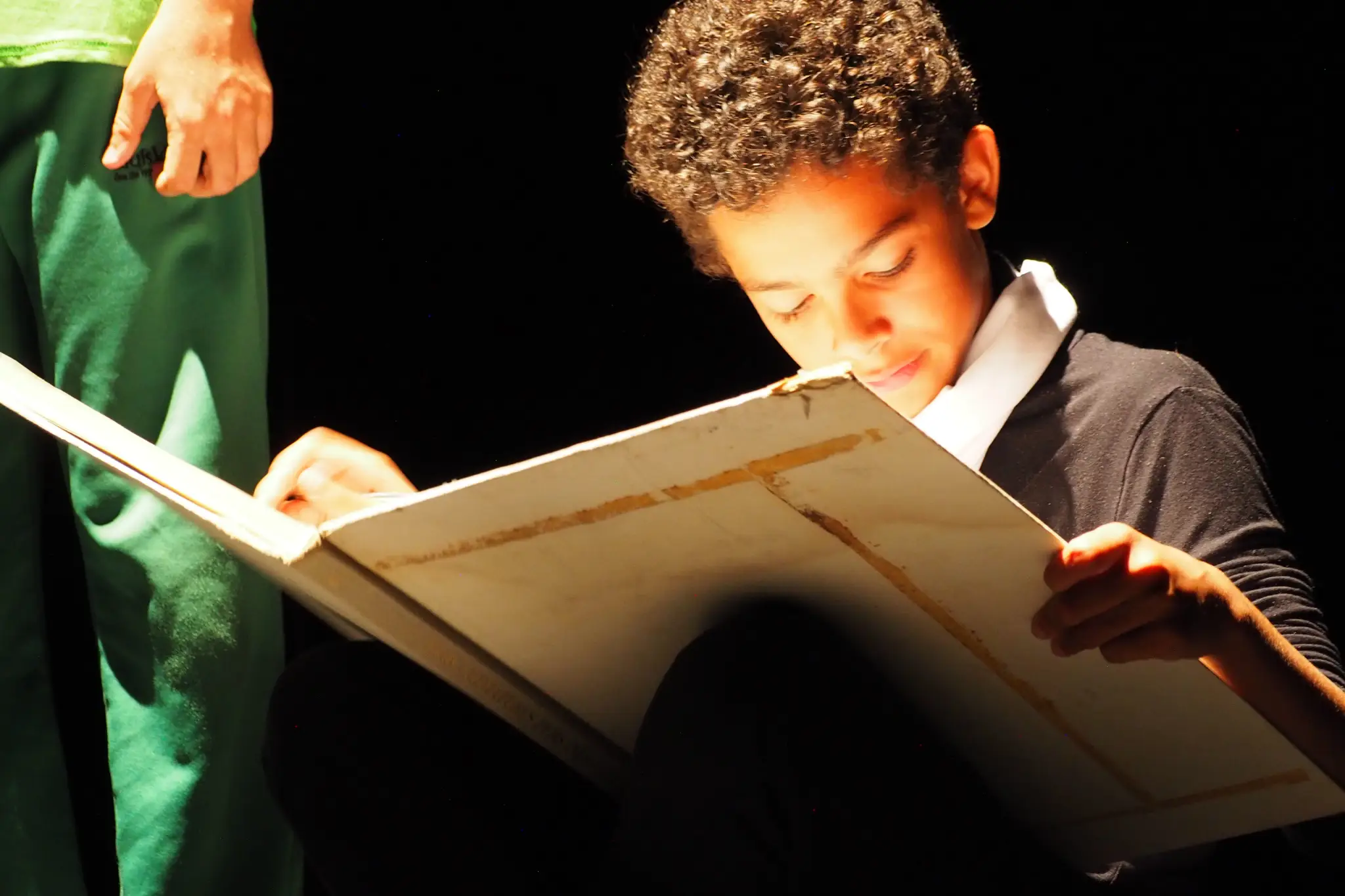
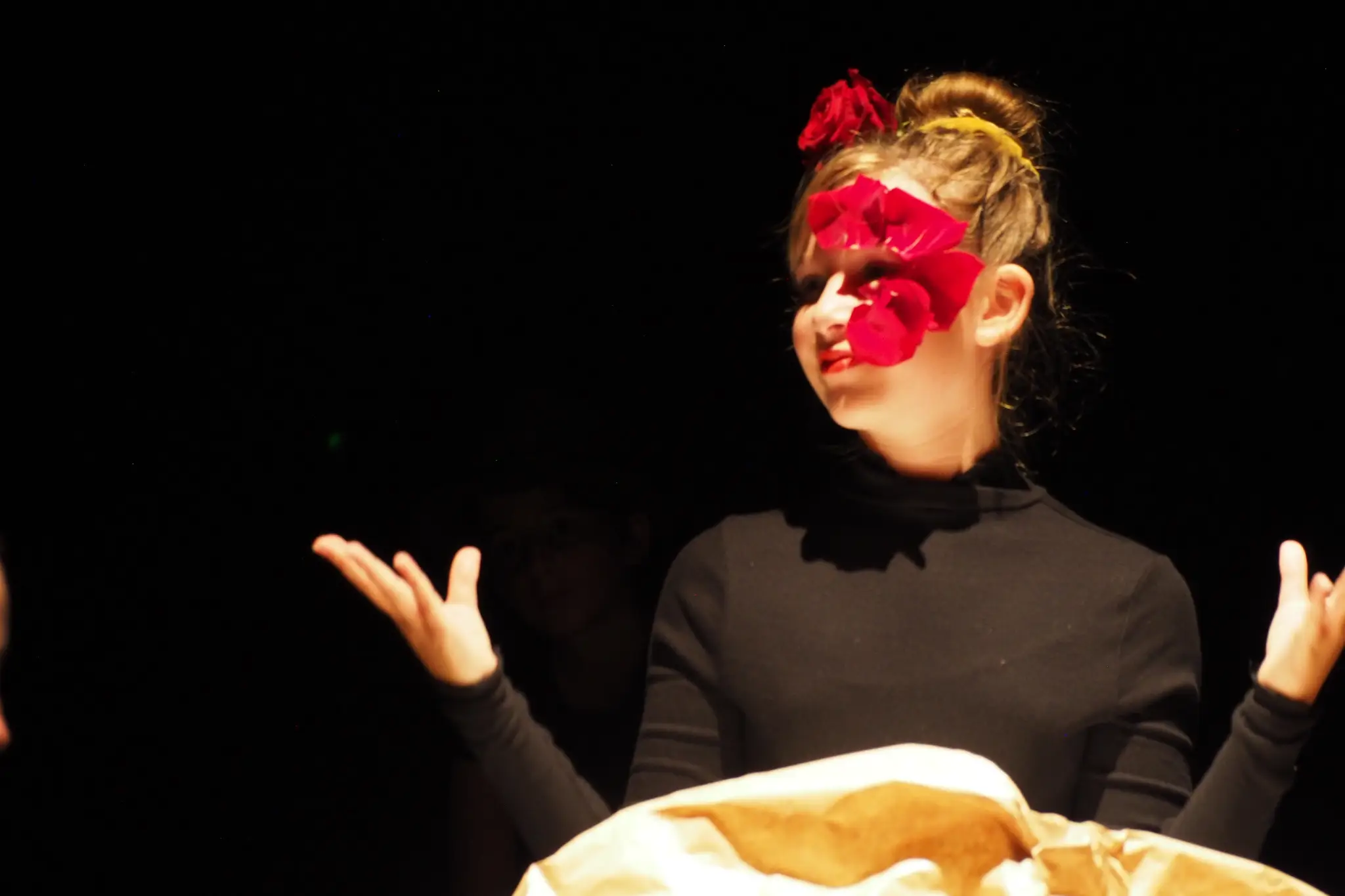
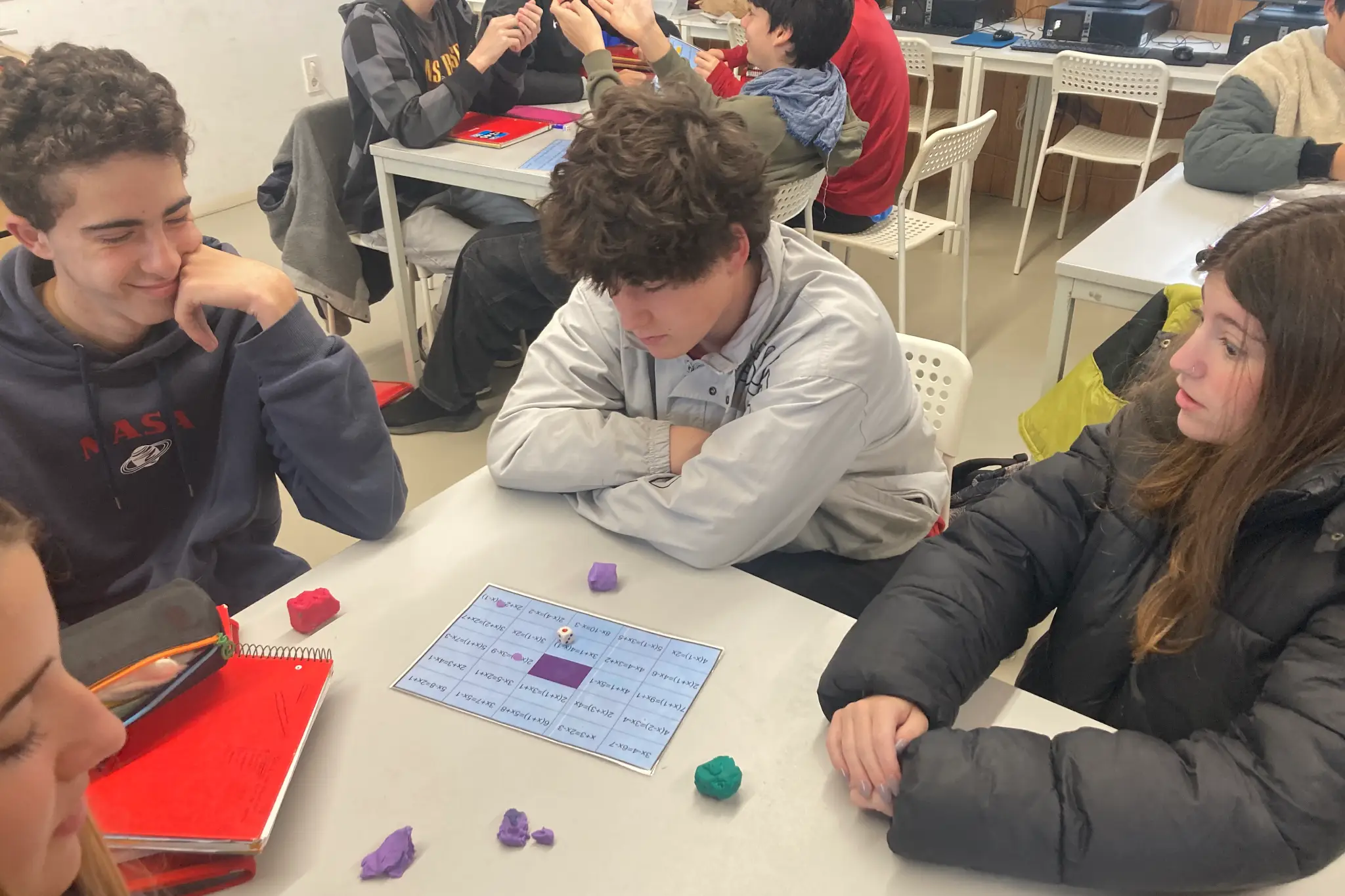
Environment
The “environments” disappear to become TI (Independent Work Workshops). These are spaces led by a specialist mentor in a given area. Children attending a TI, for example, in chemistry or mathematics, work autonomously on that subject, resolving doubts with the mentor and completing pending tasks and projects.
The subjects at this stage include: Biology and Geology, Physical Education, Philosophy, Physics and Chemistry, Geography and History, English Language, Spanish Language, Catalan Language, Mathematics, Music, and Visual Arts.
Some optional subjects: German Language, Italian Language, Digital Resources, and Technology.
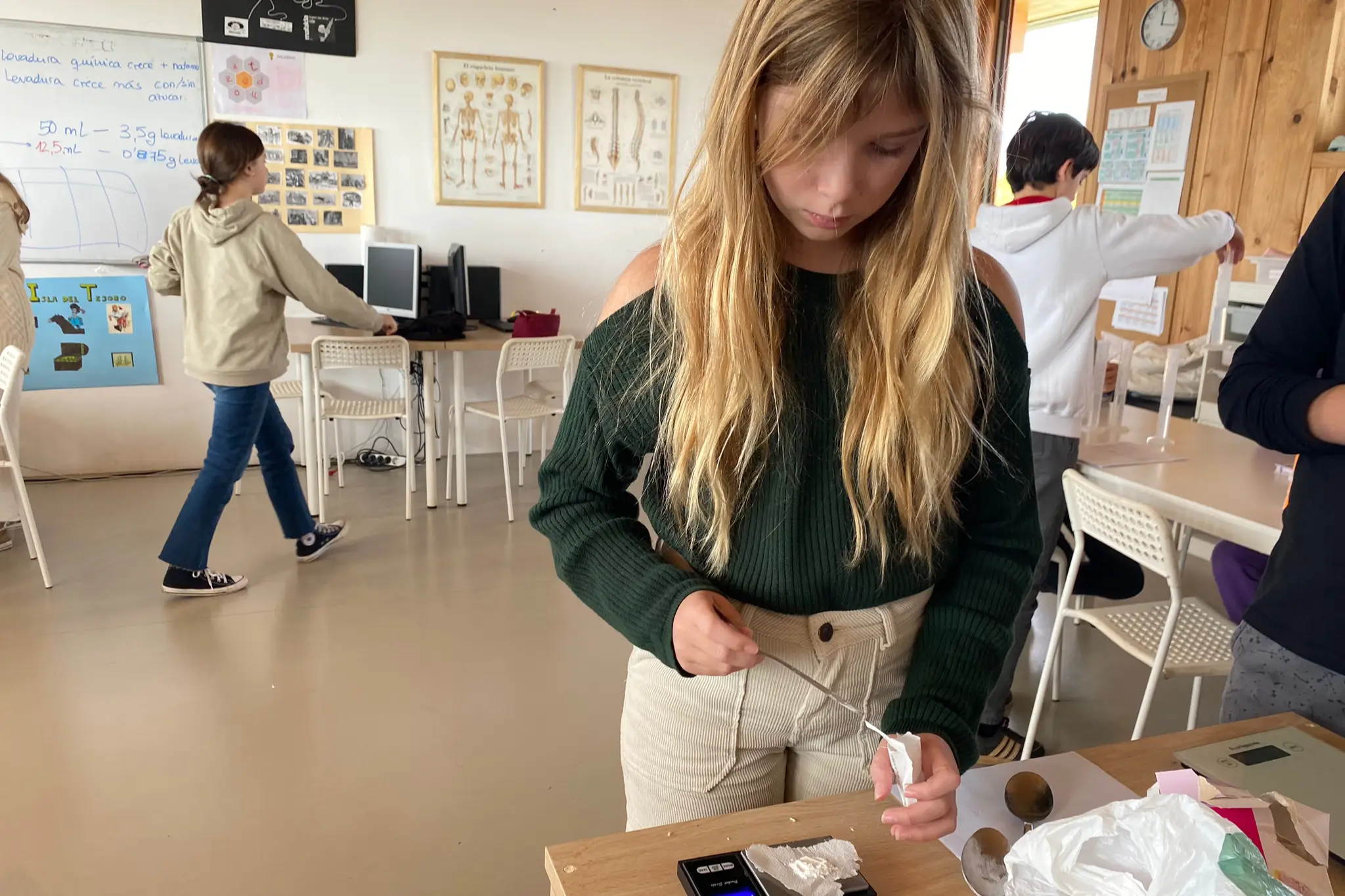
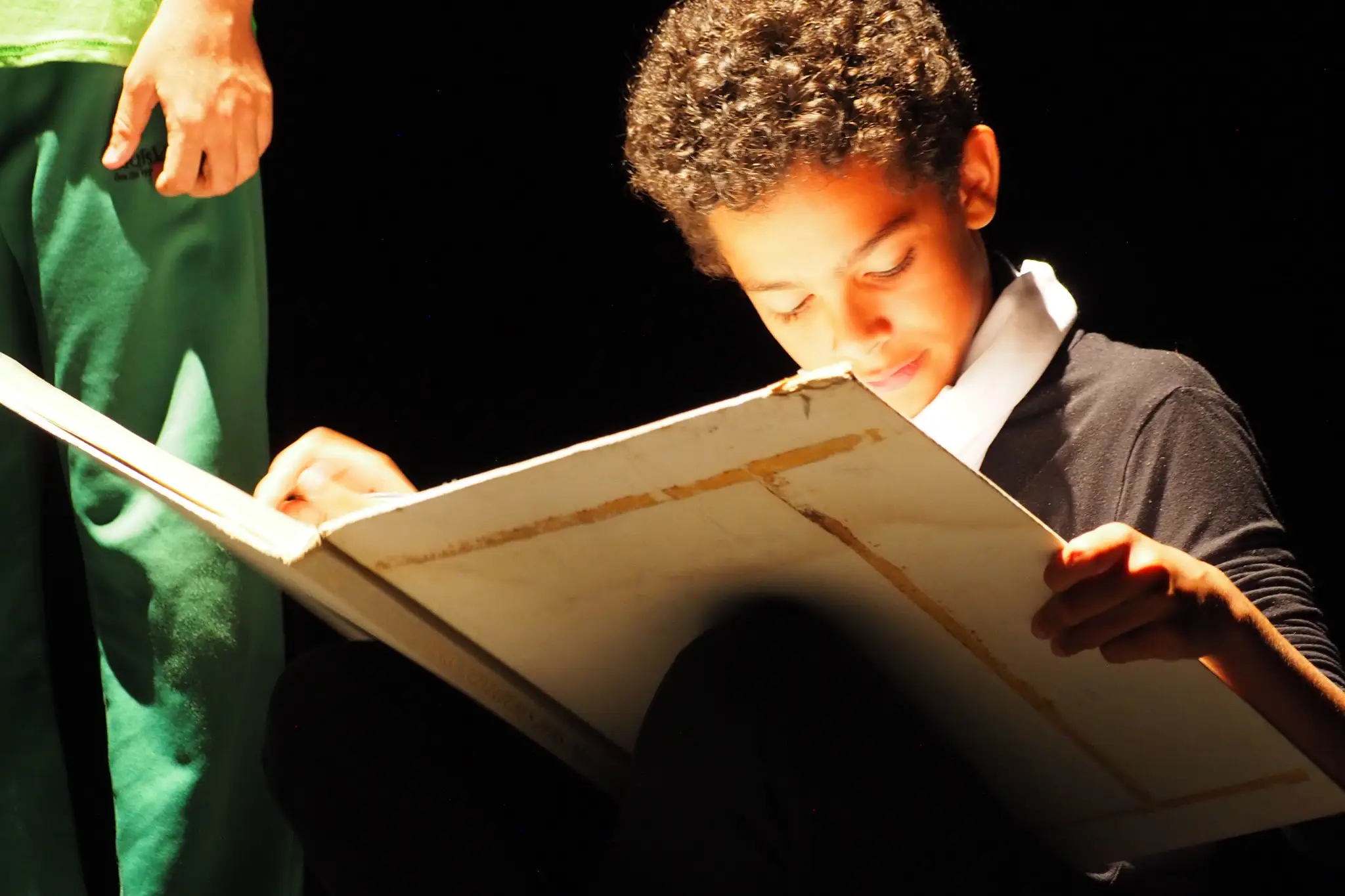
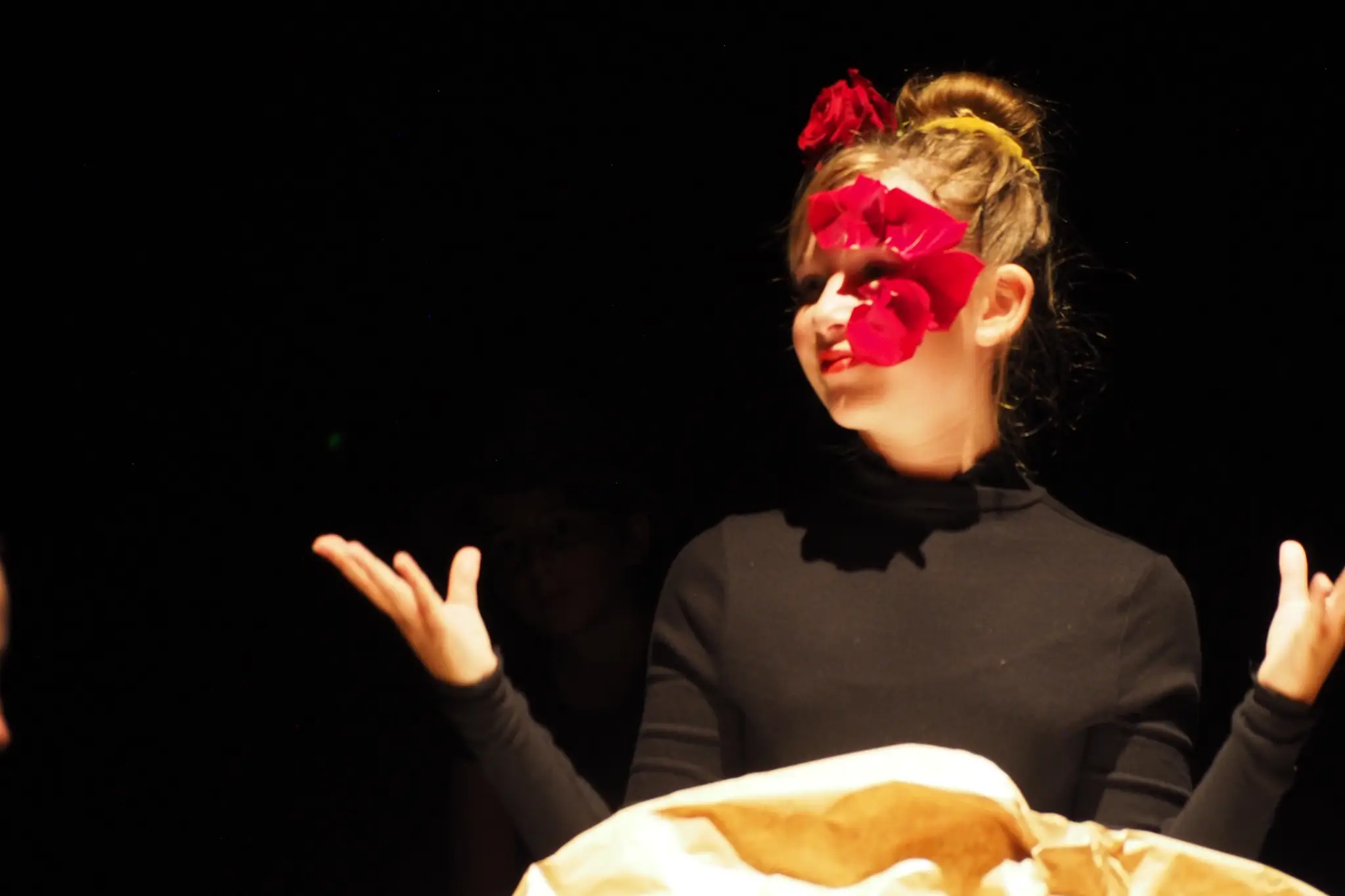
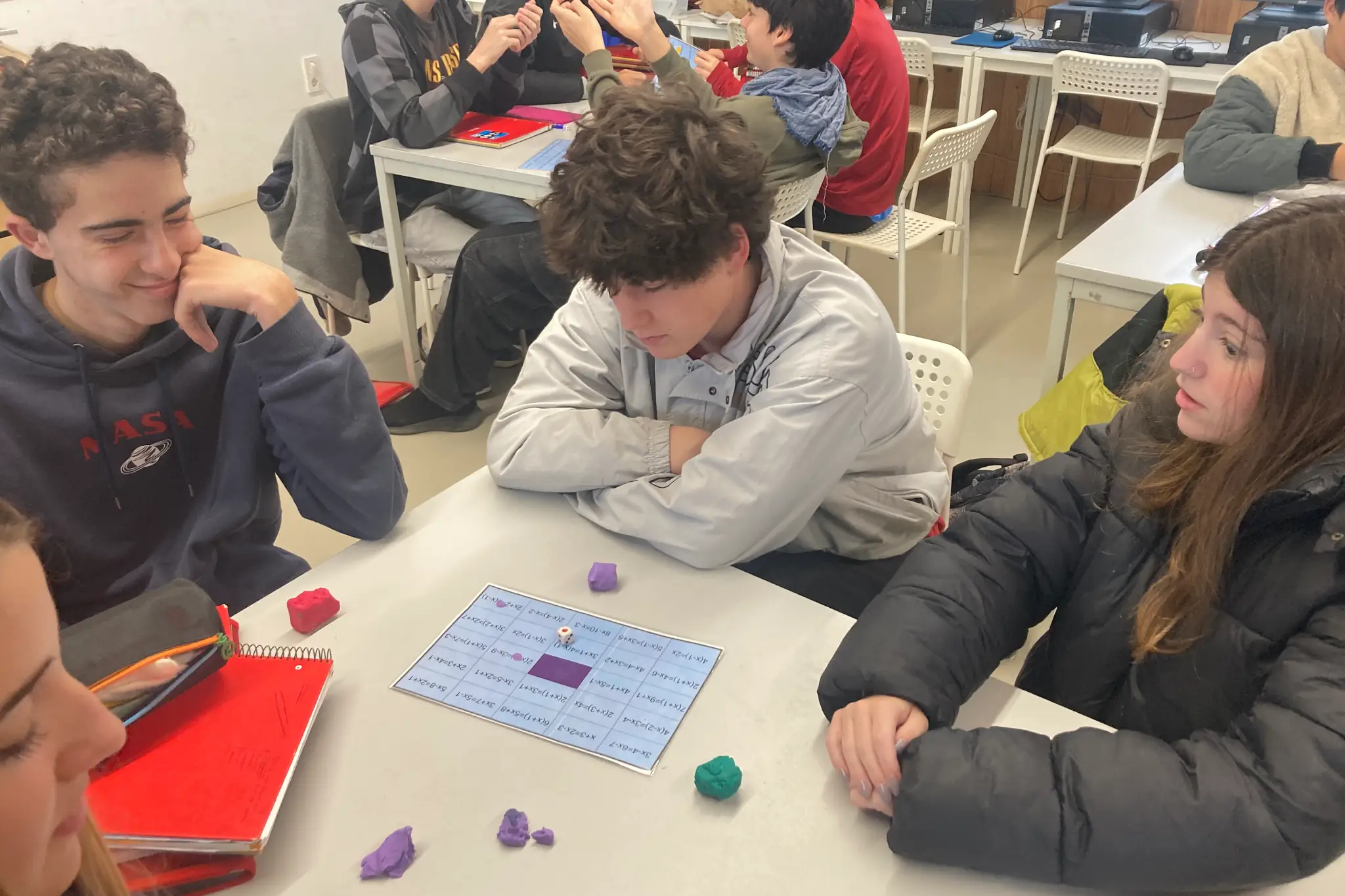
Workshops
TD are workshops familiar from previous school stages. They are directed educational proposals focused on a specific activity designed to work on a particular curricular content and perform a type of learning where the whole group works together, playfully and hands-on. They cover all curricular subjects (science, math, language, history, physical development, etc.) and are complemented with other more heterogeneous contents enriching other learning areas, always aiming to awaken curiosity and the innate thirst for learning.
At this stage, these workshops include: art, textile art, aikido, yoga, theater, touch rugby, bushcraft, cooking and civilizations, model making, emotional and affective-sexual support, DIY, official English exam preparation (Cambridge), and “Jo vull ser” (a vocational guidance workshop where students visit professions and interview professionals).
The free choice of workshops favors the child’s decision-making capacity, autonomy in creating their own schedule, commitment to attend and take responsibility for their assigned spot, and the chance to express personal tastes and talents by exploring areas beyond the curriculum they wouldn’t encounter until adulthood.
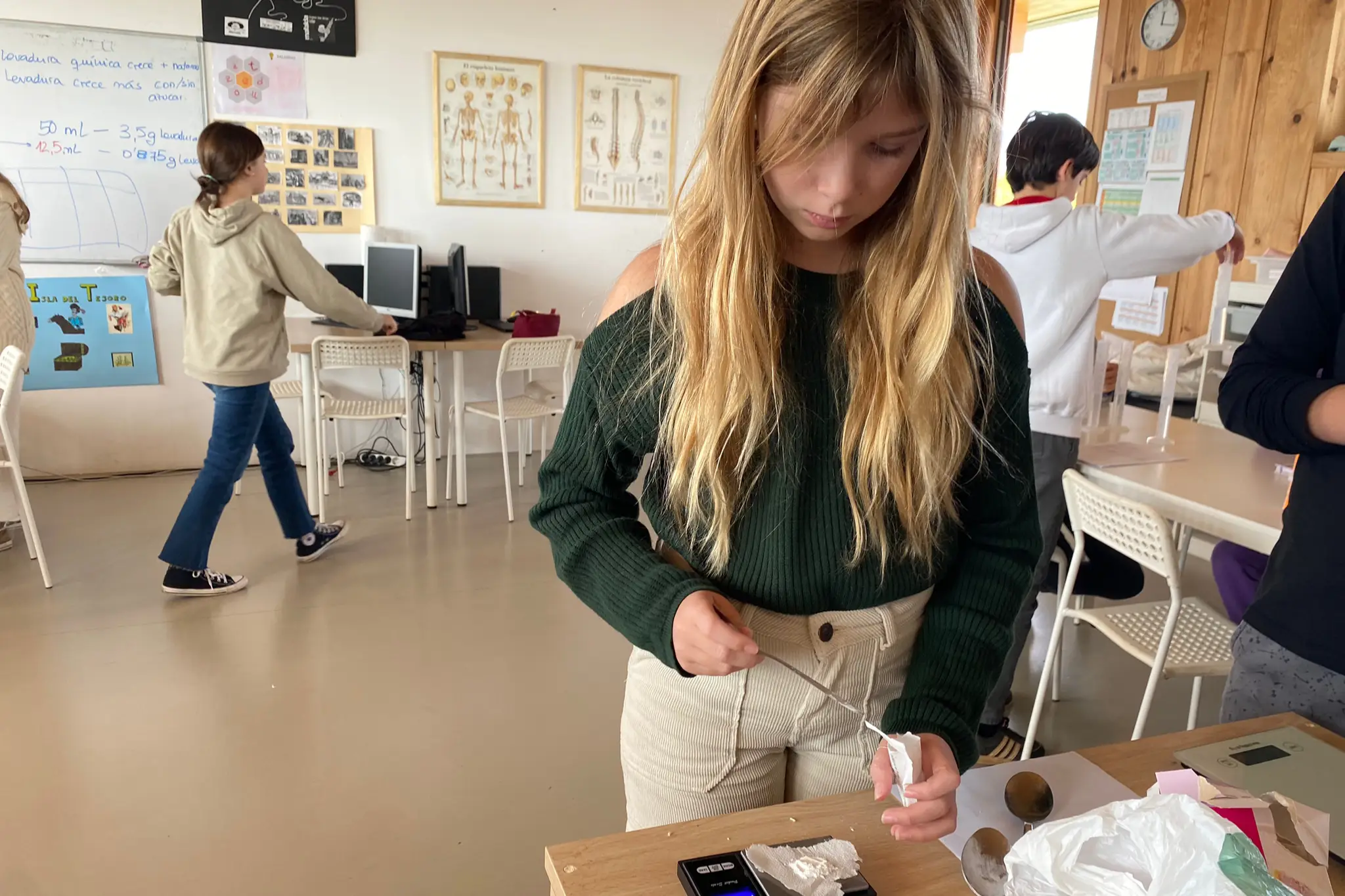
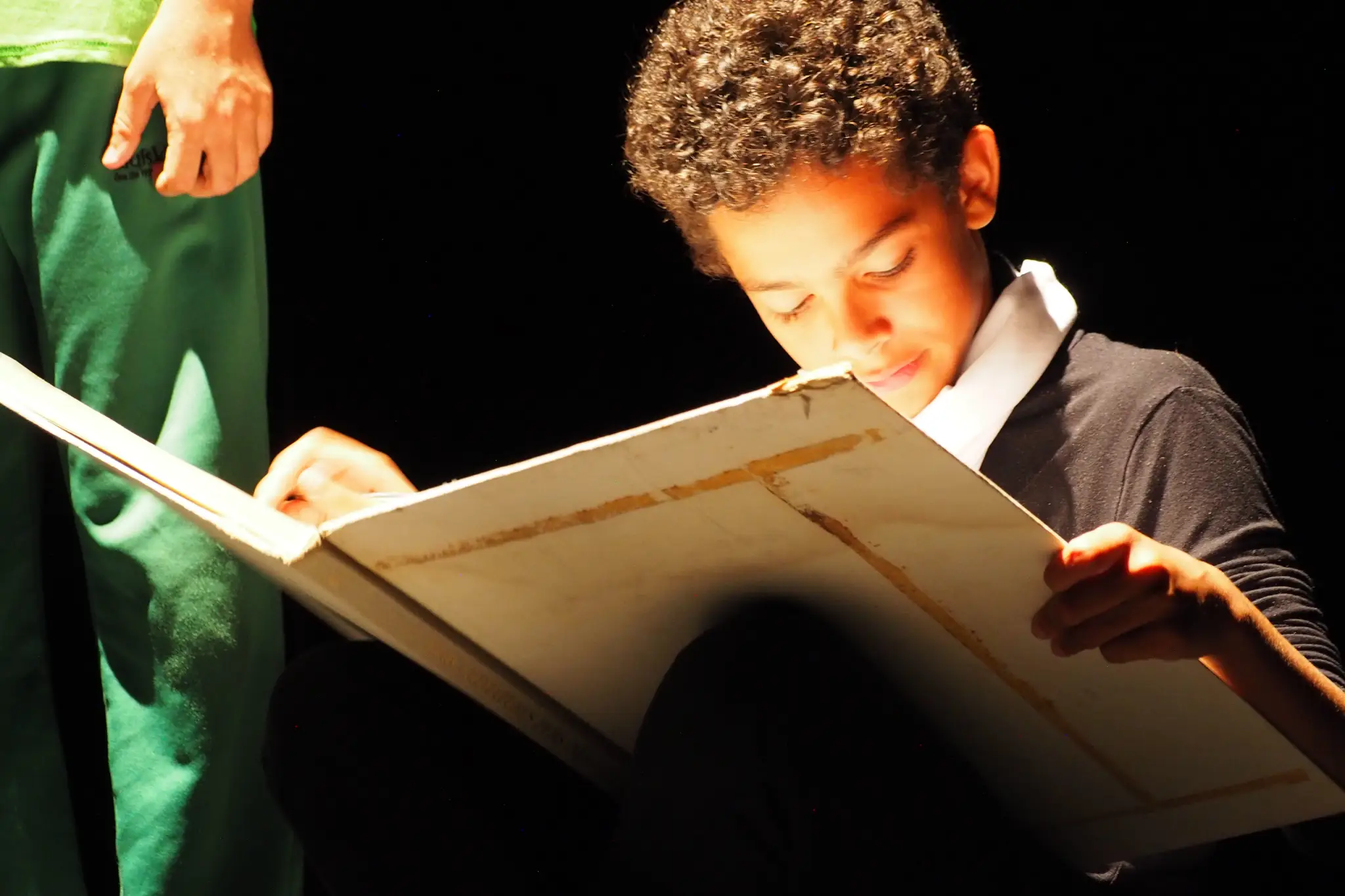
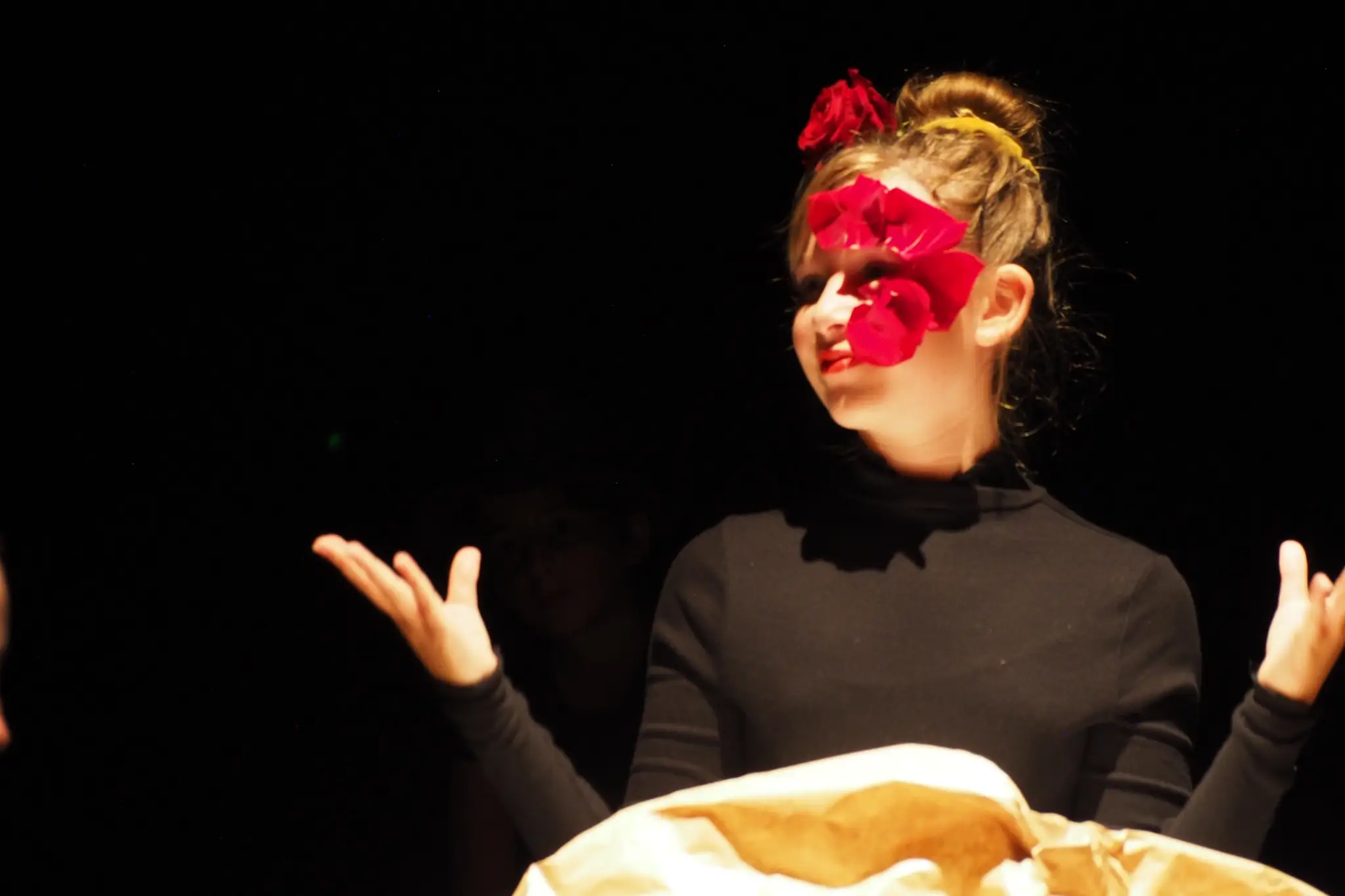
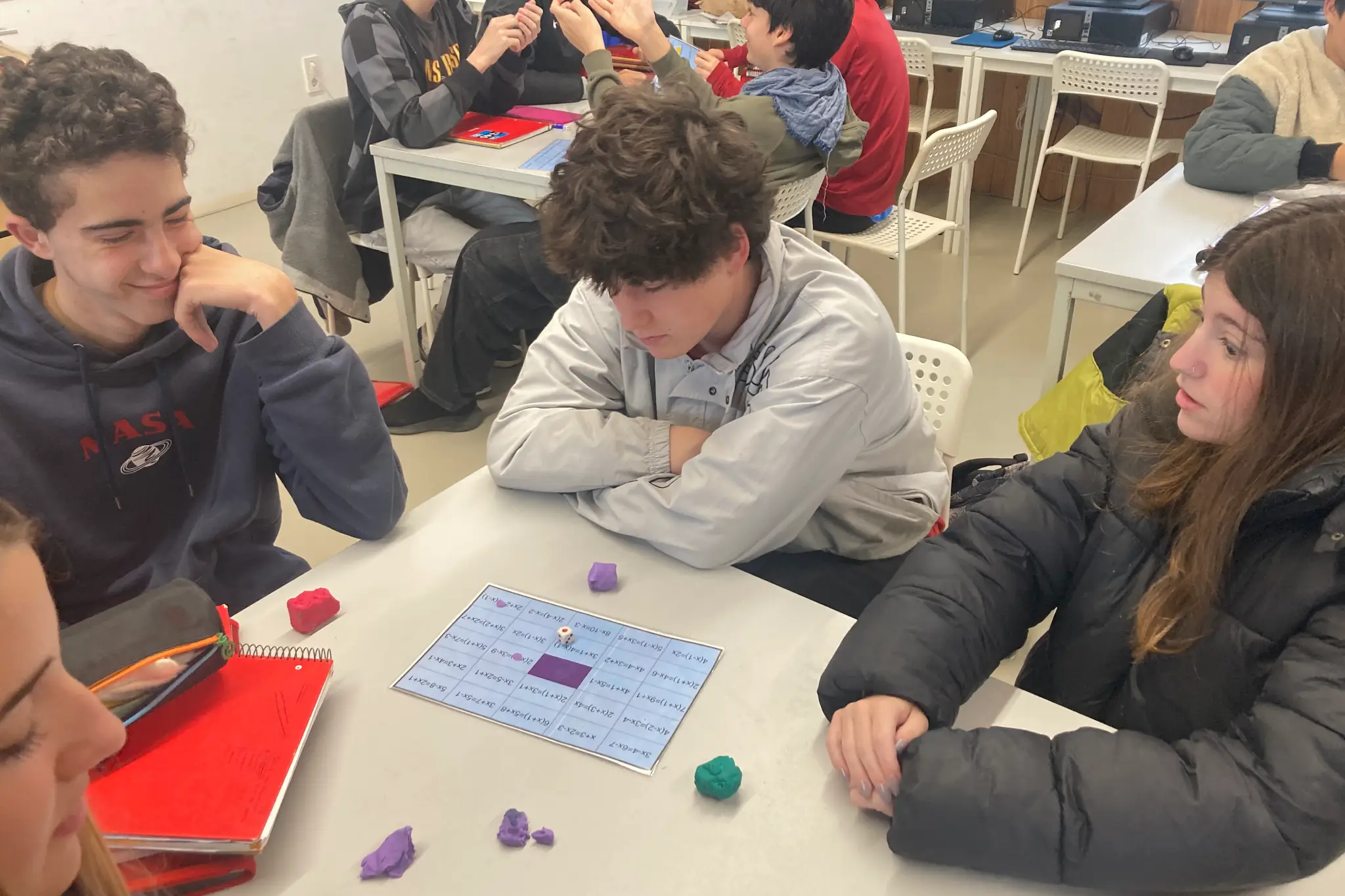
Projects
In secondary school, we continue to prioritize projects as an indispensable work tool. These proposals arise from the students’ interests. Once they choose a topic, projects develop in three phases: a preliminary research phase, a development and creation phase, and a final presentation phase in front of the group. Presentations try to avoid typical formats, emphasizing more creative ways such as dynamic workshops involving peers or materials that remain available for future work by other children.
The projects are designed to promote research driven by personal interest, the ability to structure and synthesize content, creativity in presenting it in an innovative and engaging way for the team, and the capacity to draw conclusions from the completed project.
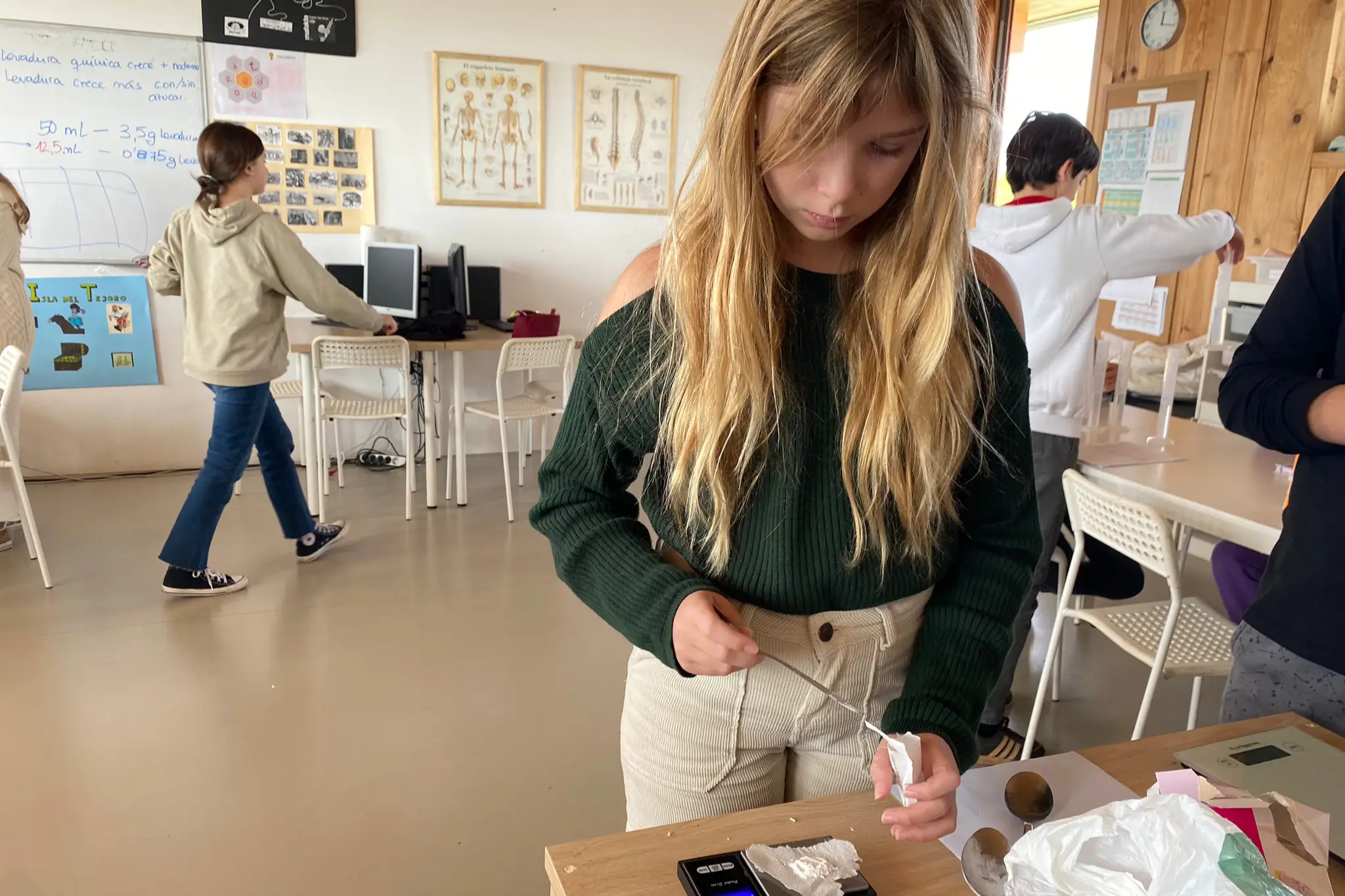
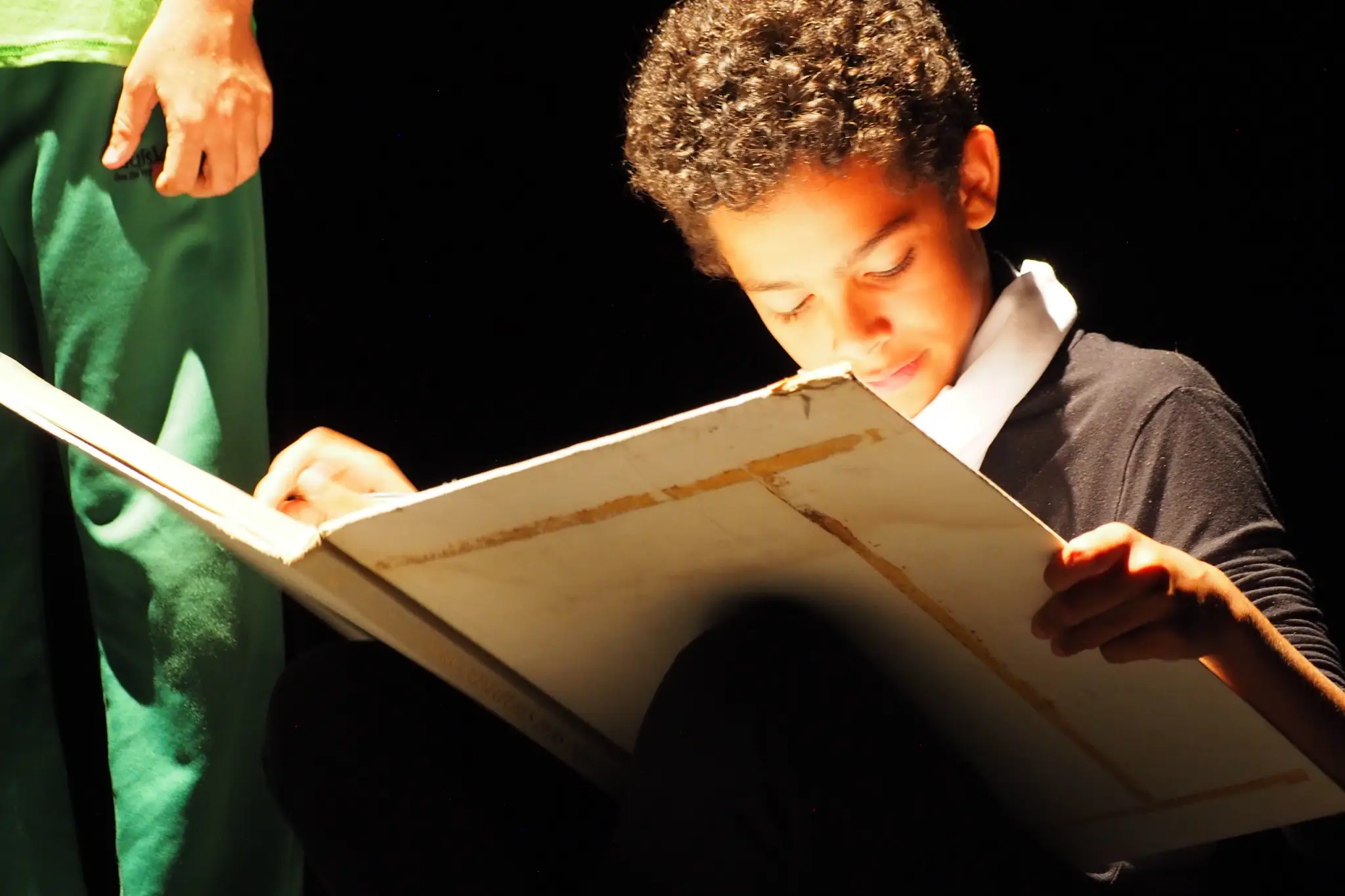
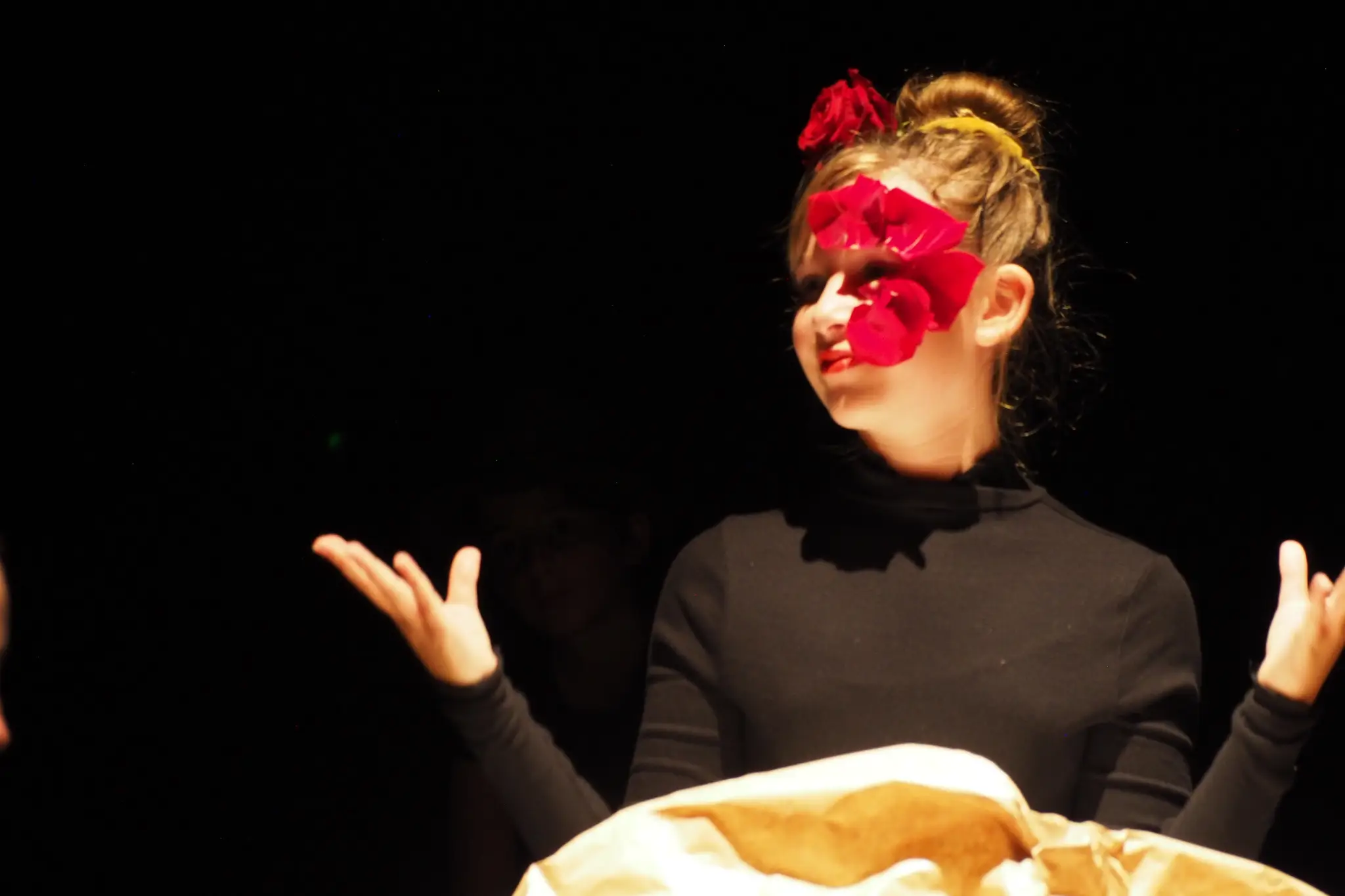
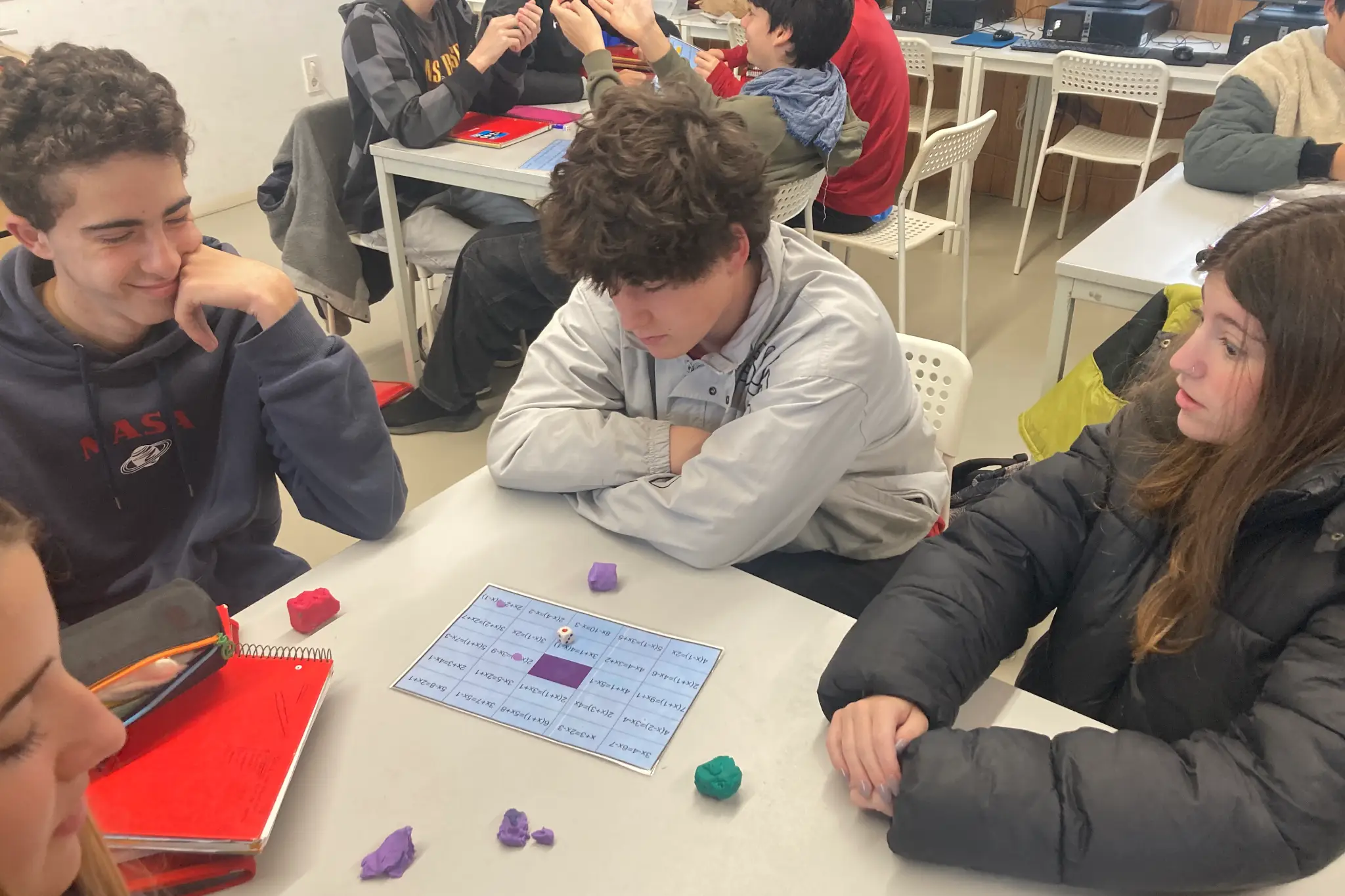
Evaluation
We conduct continuous evaluation of each child’s development. Our primary tool is the Platform, a custom-designed system to document the unique social, emotional, and cognitive growth of each student, as well as their progress through workshops, projects, and environments.
The data is stored and organized in detail, allowing us to know exactly where each child is in their learning journey. The platform also generates graphs showing each child’s learning progress in various subjects, helping us evaluate individuals, groups, cycles, and the school overall.
At Arimunani, children are the protagonists of their own learning. When students are ready, they undertake a challenge — an activity designed to apply a particular learning and see if it has been integrated. In secondary school, these challenges are called exams, but their evaluation is qualitative, not numeric. In high school, these exams align with those in other educational centers and institutes, designed to integrate with traditional education for further studies after leaving Arimunani.

